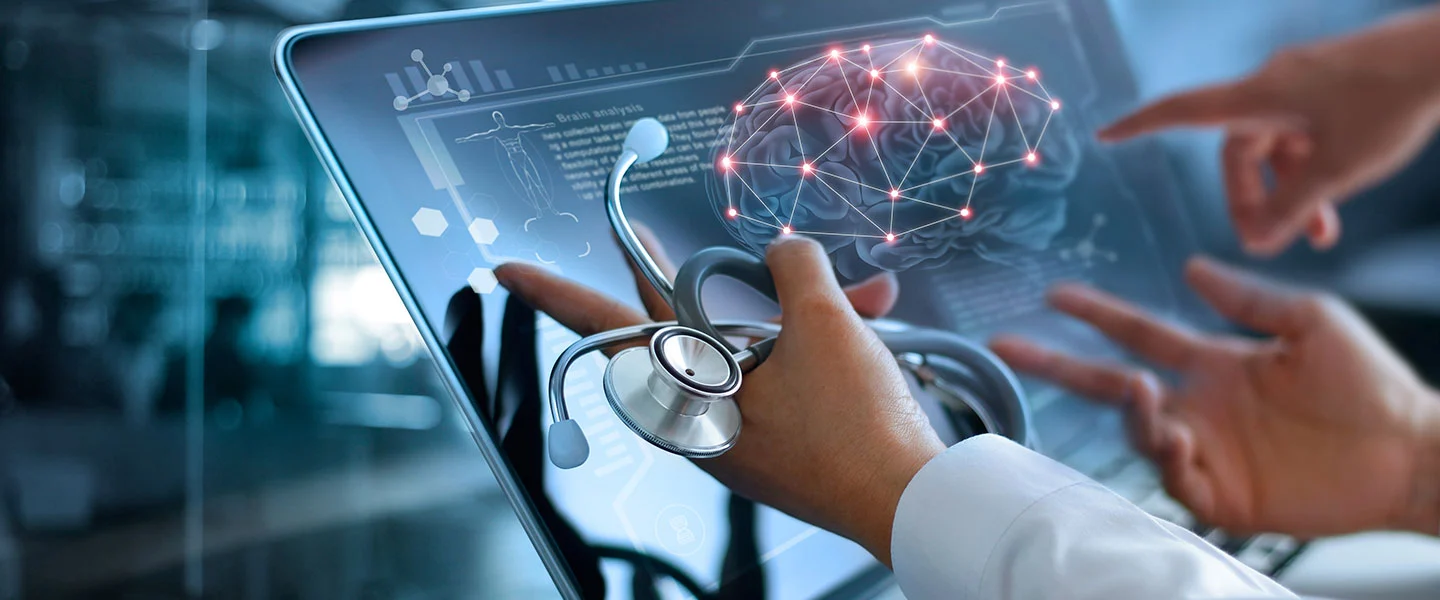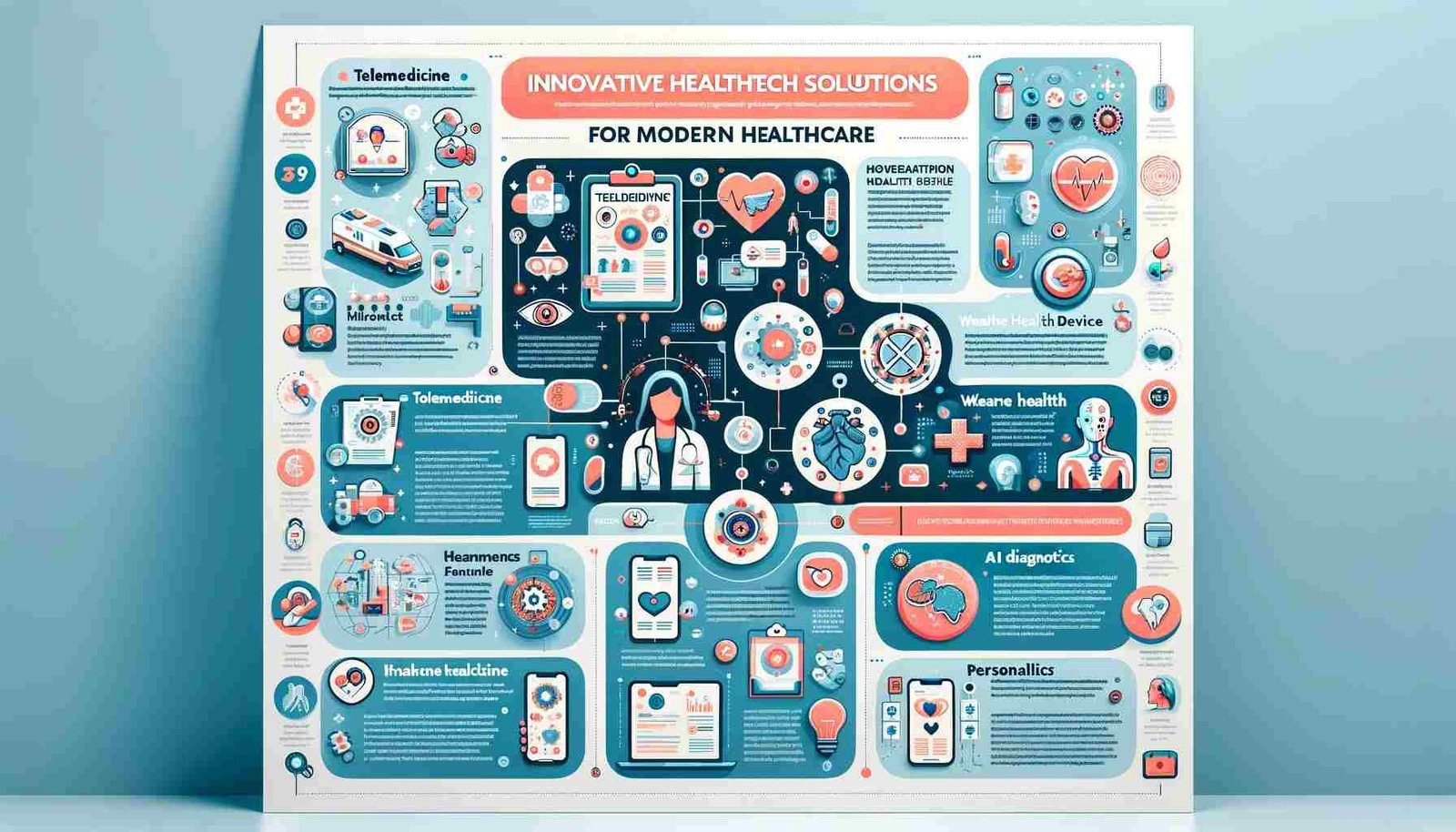Introduction
Children were kept apart from everyone and in a type of twilight zone as a result of the international lockdowns that helped stop the corona virus from spreading. Not all was lost, though. Children were able to preserve certain aspects of their pre-COVID lives because to a variety of technology that kept they got engaged in schoolwork, social interactions, and entertainment.
It’s a two-edged sword that technology is becoming a bigger part of kids’ life from their first year on into their adolescent years. Technology itself is neutral, but how it is used and how children are exposed to it can have beneficial or bad effects.
As the rate of technological innovation quickens, it is harder to assess how children and technology interact. This article gives a brief overview of the various functions that technology-related goods and services provide in children’s lives. It weighs the benefits and drawbacks of how children’s technology use affects their growth, social connections, and chances for the future.
Evolution of Children’s Use of Technology
Children have been introduced to technology through their toys, starting with the first electric model trains in the early 20th century and continuing through the first home video game systems and remote-controlled toys. By today’s standards, what were technological wonders three, two, or even one generation ago appear practically antiquated.
Early Examples of Children and Technology
Since the early days of the PC revolution, kids have been interacting with digital technology. The first PCs made specifically for kids in the 1980s were inspired by this rather straightforward gadget. It also heralded the development of gear and software for computer-assisted instruction in the years before the World Wide Web.
In order to educate children aged 7 and older how to speak and spell 200 often mispronounced words, the first Speak & Spell toys were released in 1978. It utilized bubble memory, a forerunner of RAM, and electronic voice synthesis, and was the first of its kind to completely replace all moving elements with solid-state electronics.
Positive Effects and Negative Effects of Technology on Children mental health
With the help of technology, kids may learn more, which is especially important for youngsters who are physically or developmentally challenged. However, social isolation and low self-esteem have also been connected to certain children’s technology use. With the proliferation of digital devices, parents find it difficult to determine how much technology is suitable for their children’s lives.
Positive Effects of Technology on Children
The following are some of the less obvious advantages of technology for kids:
- Especially when using video chat and other real-time interactions, technology enables youngsters to connect with their family, friends, and other people in ways that strengthen their relationships.
- • Rather than trying to totally eliminate all risk connected to kids using technology, the emphasis should be on reducing that risk and implementing changes when problems arise, such preventing kids from using devices at specific times of the day.
- *Because they are concerned about how technology may impact their child’s growth and wellbeing, many parents are reluctant to allow their preschoolers to use it.
- Children learn independently more quickly with the help of technology. They are able to independently research the subjects that interest them after they understand how to access digital information sources safely.
- • Kids learn the importance of social contact and community development. When circumstances prohibit them from forming physical relationships with family members, friends, and others, children might use technology to create “virtual bonds” with them.
- Children who have early access to technology learn the digital literacy skills necessary for their success in school and as adults.
- Young children’s hand-eye coordination is encouraged by a number of technological devices, while others work to improve their linguistic and problem-solving abilities.
Negative Effects of Technology on Children
Children are particularly vulnerable to excessive technology usage. For kids aged 2 to 5, the American Psychological Association (APA) suggests limiting technology use to one hour per day of high-quality content. Setting consistent limitations on different forms of media, such as game consoles and cell phones, for kids aged 6 and older is crucial.
The amount of technology used by a kid and numerous behavioral and developmental issues are related, according to a review of studies on the potential harms of technology on children.
- Inability to pay attention,
- aggressive actions,
- obesity,
- inactivity, and
- sleep issues
- muscle and bone issues brought on by a sedentary lifestyle
- increased risk of obesity and cardiovascular disease
- Children who use social media excessively or who keep their mobile devices in their bedrooms may have sleep disorders and poor-quality sleep.
The Association Between Children’s Screen Time and Their Physical and Mental Health
The amount of time kids spend in front of a television, computer, Smartphone, or other screen is a major source of worry for parents regarding their kids’ use of technology. The amount of time teenagers spend in front of a screen, their degree of moderate or vigorous physical activity (MVPA), and the quantity of sleep they obtain have all been linked by researchers.
The use of screens entails sedentary activities that reduce MVPA, postpone bedtime, and keep us awake with digital notifications.
Children are more likely to become overweight or obese as a result, and their academic performance suffers along with increased daytime drowsiness.
Studies have found a connection between children’s levels of screen time and attention deficit symptoms, emotional and social impairment, social isolation, phantom vibration syndrome, and diagnosable mental illnesses like depression, anxiety, and technology addiction.
Finding the Right Amount of Time Online for Children
Parents now find it difficult to decide on the ideal amount of screen time for their kids due to possible issues with their vision, posture, and other physical development issues. While it is still generally accepted by experts that children under the age of 8 should spend less than two hours each day in front of a screen, numerous considerations need to be taken into account while setting a limit for children:
- More screen time should be allocated to productive educational pursuits.
- Encourage kids to take screen breaks that entail outdoor playtime.
- Don’t let screens act as “babysitters” to occupy kids. Look for additional screen-free activities, such as imaginative playthings, coloring books, and novels.
- Don’t allow kids’ electronic use interfere with their sleep.
- To safeguard their vision, make sure kids take brief breaks from the screen every 20 minutes or so.
- Make sure the illumination is neither too bright nor too dim where the screen is being used.
Conclusion
Kids and young adults are using Instagram image filters to boost their appearance, even though the end product doesn’t look anything like them. This is reportedly due to low self-esteem and increasing anxiety. Children who use social media more often could retreat or develop an obsession with monitoring their feeds.
If you are observing these kinds of symptoms in your child you can contact online counseling platform like TalktoAngel for Child Counseling. They have highly trained and experienced child counselors that help in overall development of the child.
Author Bio:
Dr. R K Suri is a trained professional chartered Clinical Psychologist, having more than 36 years of experience in hypnotherapy, psychoanalysis, neuropsychological assessment, career counselling, and relationship management. Has been providing career counselling globally and has been providing counselling at IITs, IIMs, and SPAs, for admission to Universities in the US, UK, Australia, etc.















Leave a Reply